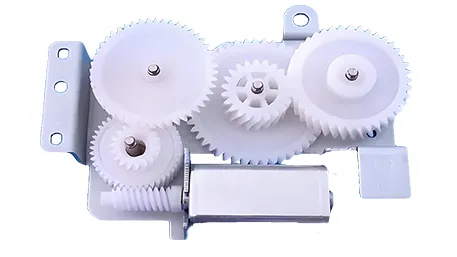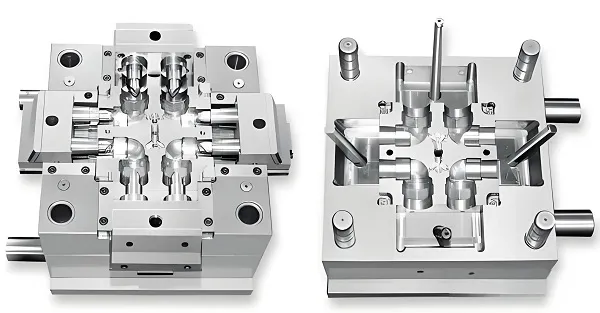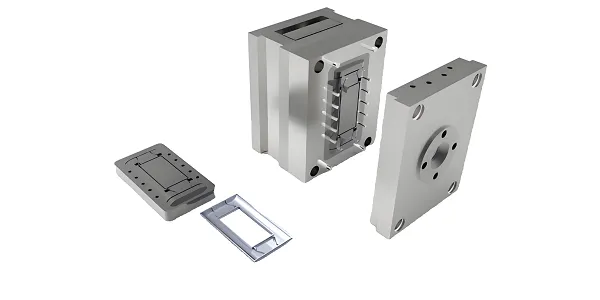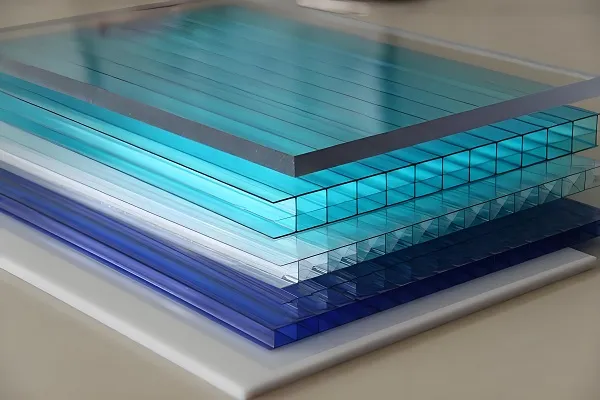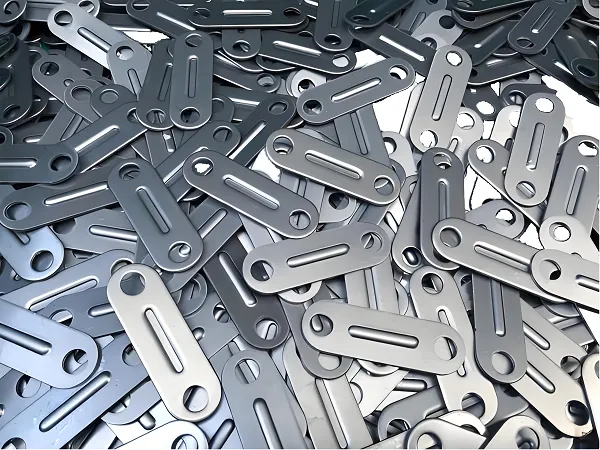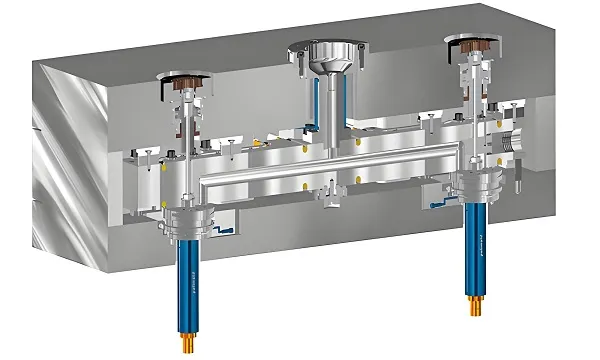Rubber mats are more than just simple floor coverings; they are versatile solutions that find applications in various industries and everyday life. In this blog post, we’ll delve into the technical aspects, parameters, customization options, production processes, materials, product characteristics, uses, and processing techniques of rubber mats.
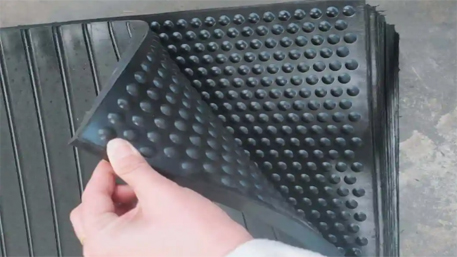
Technical Insights and Parameters
Rubber mats come in a wide range of technical specifications. One of the key parameters is the thickness. Thickness can vary from a few millimeters for lightweight applications to several centimeters for heavy – duty industrial use. For example, in a gym, a 10 – 15 mm thick rubber mat might be used to provide cushioning for workout equipment and protect the floor from impact.
The hardness of the rubber is another crucial factor, often measured on the Shore scale. Softer rubber mats, with a lower Shore hardness, are ideal for areas where comfort and shock absorption are key, like in children’s play areas. Harder rubber mats, with a higher Shore hardness, are better suited for industrial settings where durability and resistance to abrasion are required.
The density of the rubber mat also plays a role. Higher – density mats tend to be more durable and can withstand heavier loads, while lower – density mats are lighter and more flexible.
Customization Options
Customization of rubber mats is highly possible to meet specific needs. Companies can choose the color of the rubber mat to match their branding or the aesthetic of the space. For example, a hotel might opt for custom – colored rubber mats at the entrance to complement its interior design.
Shape is another aspect of customization. Mats can be cut into various shapes, whether it’s a circular mat for a specific machinery footprint or a uniquely shaped mat for an irregularly sized area. Additionally, logos or patterns can be embossed or printed onto the rubber mat. This is great for companies that want to promote their brand at entrances or in high – traffic areas.
Production Process
The production of rubber mats typically starts with the selection of raw materials. Natural rubber or synthetic rubber, such as nitrile, EPDM, or silicone, is chosen based on the intended application. The raw rubber is then mixed with various additives like carbon black for reinforcement, antioxidants to prevent degradation, and plasticizers to improve flexibility.
After mixing, the rubber compound is formed into the desired shape. This can be done through compression molding, where the rubber is placed in a mold and compressed under heat and pressure. Another method is extrusion, which is suitable for creating long, continuous rubber mats. Once formed, the mats may go through a curing process to enhance their physical properties.
Materials Used
Natural rubber mats are known for their excellent elasticity and grip. They are often used in applications where a high level of traction is required, such as in some industrial walkways. Synthetic rubbers offer different advantages. Nitrile rubber mats are resistant to oils and chemicals, making them perfect for automotive repair shops or chemical plants. EPDM rubber mats are highly weather – resistant, making them suitable for outdoor applications like playgrounds or poolside areas. Silicone rubber mats can withstand extreme temperatures, both hot and cold, and are used in environments where temperature variations are significant.
Product Characteristics
Rubber mats are highly durable. They can withstand heavy foot traffic, mechanical stress, and exposure to various elements. Their non – slip surface provides safety, reducing the risk of falls. Rubber mats are also easy to clean, either by sweeping, mopping, or using a pressure washer in some cases. They are resistant to mold and mildew growth, which is especially important in humid environments.
Uses
The applications of rubber mats are vast. In industrial settings, they are used in factories to protect workers from slipping on wet or oily floors and to provide cushioning during long – standing work. In the automotive industry, rubber mats are used in car interiors to protect the floor from dirt and wear. In the fitness industry, they provide a comfortable and shock – absorbing surface for workouts. Rubber mats are also commonly used in homes, at entrances to trap dirt and moisture, and in basements to prevent cold and dampness from seeping through the floor.
Processing Techniques
Apart from the main production processes of compression molding and extrusion, there are other processing techniques for rubber mats. Die – cutting is used to cut the rubber mats into precise shapes. Punching can be done to create holes in the mats for specific purposes, such as drainage in outdoor mats. Surface treatments like embossing can be applied to enhance the grip or decorative appearance of the mat.
In conclusion, rubber mats are an incredibly versatile product with a wide range of technical capabilities, customization options, and applications. Whether you’re looking for a practical solution for your home, workplace, or industrial facility, rubber mats can meet your needs.

